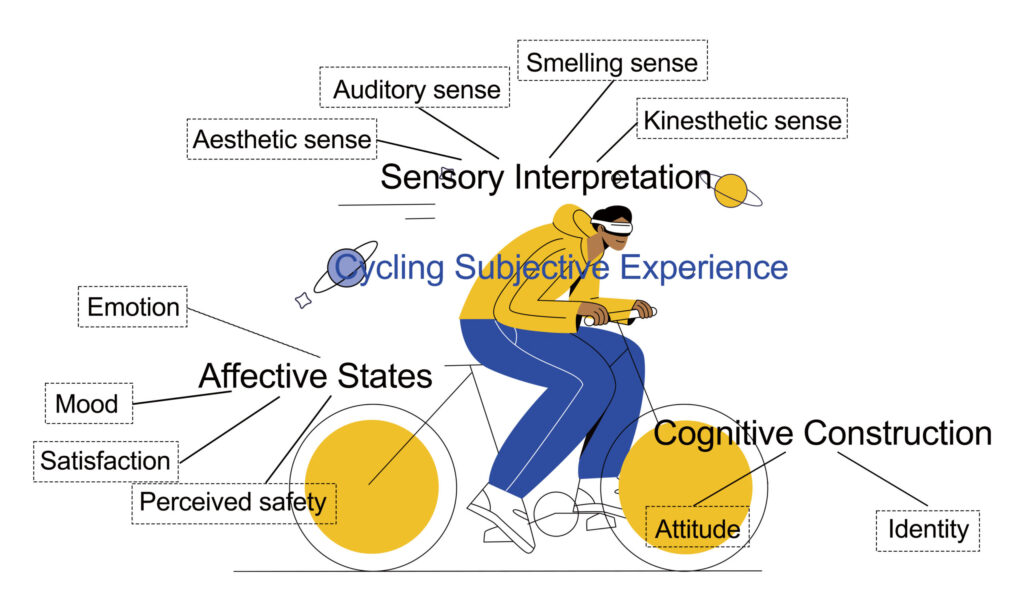A longstanding mantra is that city governments lack capacities for agile, nimble change; such lack of capacity is starkly realized in how streets are governed. Exhaustive layers of codes, regulations and guidelines support a single objective: moving automobiles.
Challenging any component of the existing legislation is problematic because a compelling model to replace the existing rules doesn’t exist. Standing against more automobile-based planning is hard enough for elected officials, but these uphill battles make it more difficult for them to stick their neck out to support something else.
The designs, networks, and standards of streets, together with the legislative and institutional networks that guide their character, are in dire need of being modernized.
This viewpoint outlines a (mostly U.S.) perspective of city street governance formulated by antiquated legislation and procedures; it points to an automobile-dominated regime that restricts innovation, learning and change.
We propose and describe three principles to support innovation and accelerate transformation in how streets are managed; main points summarized below.
(1) A focus on accessibility
- Accessibility is how easy we can reach destinations (think of Paris’ 15-minute-city) while mobility is the efficient movement of people and goods.
- Accessibility gives us more levers to progress towards “sustainability” – access to employment, health care, education have ramifications on equity and quality of life.
- Streets have the potential to change much quicker than long-lived buildings.
- In order for the accessibility to gain traction, entire street networks that offer a range of mobility options need to be realized.
(2) The power of local government
- The local scale is the most effective level to design, enact, and deliver sustainability policies and strategies
- Cities making notable progress in transport reform use and combine policy instruments that are interactive and flexible
- Cities making progress frame sustainability as a core value, which influences levels of trust and ease of reaching consensus
- Cities making progress have established trans-disciplinary, cross-sectoral networks, with high levels of collaboration and communication
(3) Reflexive learning that draws on strategic experiments with city streets
- Building capacity for strategic future change involves building consensus around a learning approach
- Experimenting with re-prioritizing space on streets and entire street networks can illuminate possible pathways forward
- Evaluation and monitoring of experiments, within an arena of actors, feed back into policy development
Quotes from the article:
- “Municipal transport planning practices need not be destined to a future dominated by existing rules”
- “Three principles that capture the capacities and coordination needed to pivot to human-scaled accessibility”
- “Recent forces point to a need to consciously pivot away from traffic as a focus, instead towards people“
- “A broader restructuring of both the streets and the associated systems governing them is needed to adjust to contemporary forces” such as smart-mobility, micro-mobility, and increasing calls for sustainable mobility
To cite the academic article: Glaser, M., Krizek, K. J., & King, D. A. (2020). Accelerating reform to govern streets in support of human-scaled accessibility (viewpoint). Transportation Research Interdisciplinary Perspectives, 7, 100199. https://doi.org/10.1016/j.trip.2020.100199



